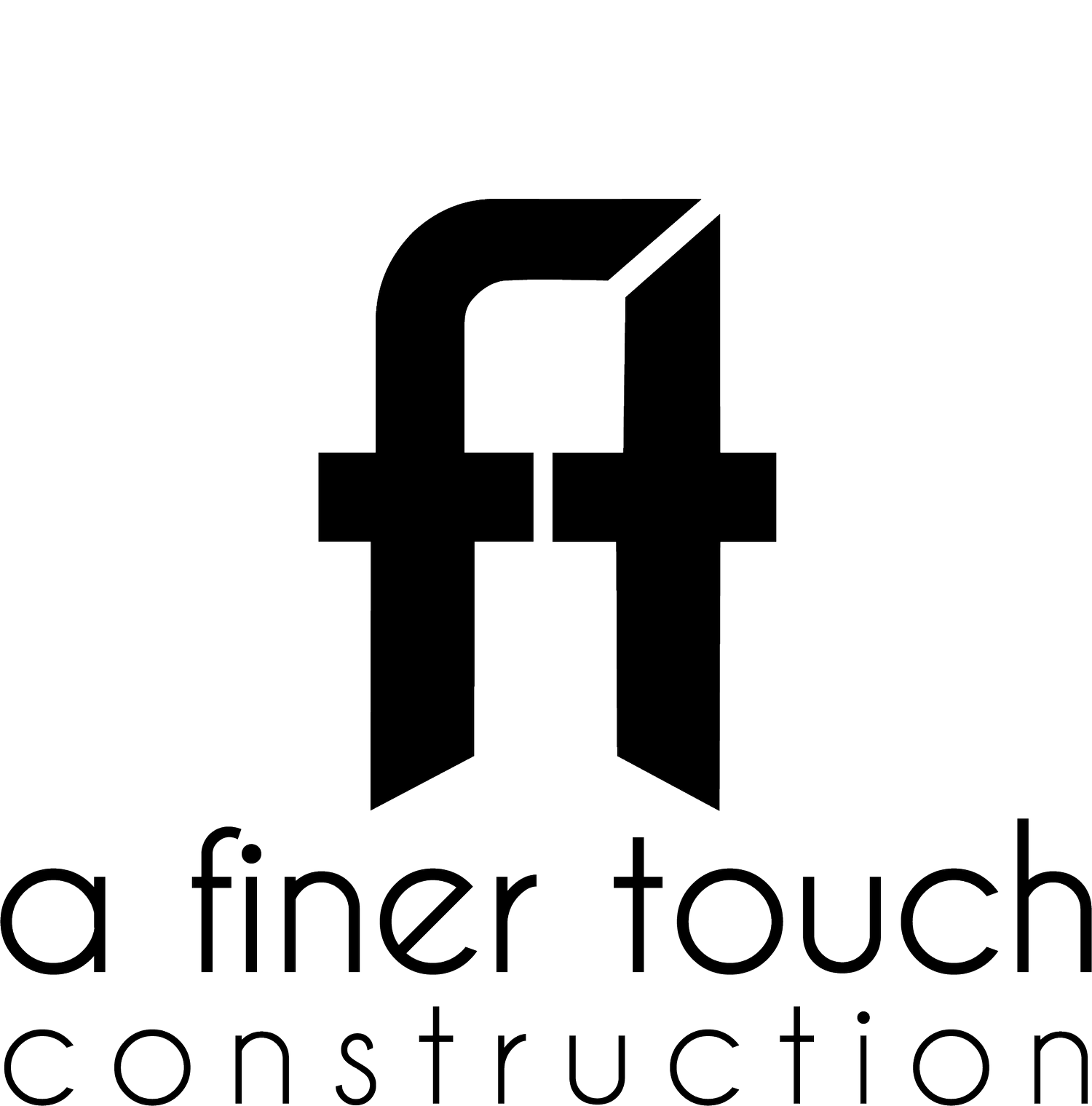Landscape Concerns with Energy Efficient Windows
As people continue to look for ways to reduce their energy usage, whether to reduce costs or due to environmental concerns, the implementation of both energy efficient windows and artificial turf continue to rise. Along with their increased usage comes increased reports of Low-E windows causing artificial turf to melt.
Highly reflective windows, such as Low-E windows, have been developed to reduce the amount of heat that enters into your home. Low-E windows use a microscopic layer of coating that allows visible light to travel through the glass but reflects radiant head and solar heat. This reflected heat is “bounced off” the glass onto nearby surfaces such as artificial turf. This reflected heat can easily reach temperatures that meet or exceed the melting point of most artificial turf. This is especially true for us here in Scottsdale and the greater Phoenix area during summer months when the intense sun and heat is exceptionally strong. This type of damage is generally not covered under the warranties provided by the artificial turf manufacturer or the installer.
The good news is if you have Low-E windows and you already have artificial turf installed or are looking to install artificial turf, there are steps you can take to help reduce or eliminate the possibility of melting turf. First, to determine if you have a problem, you can take a thermometer and place it the area that is on the receiving end of the reflective heat. Check the thermometer (preferably at the hottest part of the day) and note the temperature. If your temperature readings are at a level that is near the melting point of the artificial turf, then you know you will need to take action to combat the reflective heat. Another option is to place a piece of artificial turf in the area of the reflective heat and let the piece of turf sit for a good week or two and see what, if any, damage has resulted. If there is damage, then you know you have an issue.
Two relatively easy remedies are to install window screens or professional window film (on the outside) on the windows responsible for the reflective heat. Not only will these products help reduce or eliminate the potential for melting, they can also help further reduce your energy bill.
If you prefer not to install window screens, another option to help prevent melting is to install something other than artificial turf in the affected areas such as some sort of rock or other hardscape material. While this can be done even if you already have the artificial turf installed, any landscape plan for a new custom home or landscape remodel should design around the potential for melting artificial turf. Any spot that is susceptible to the extreme reflective heat would be a good location for a decorative rock formation. Alternatively, you can plant trees to block the reflective heat.
If you are planning your new custom home and intend to install Low-E windows and artificial turf, make certain you are taking into consideration the reflective heat produced by the windows and what effect that will have on your turf.
Here at AFT Construction, we can work with your landscape designer to ensure your artificial turf brings years of enjoyment.


